The Wesserling Park
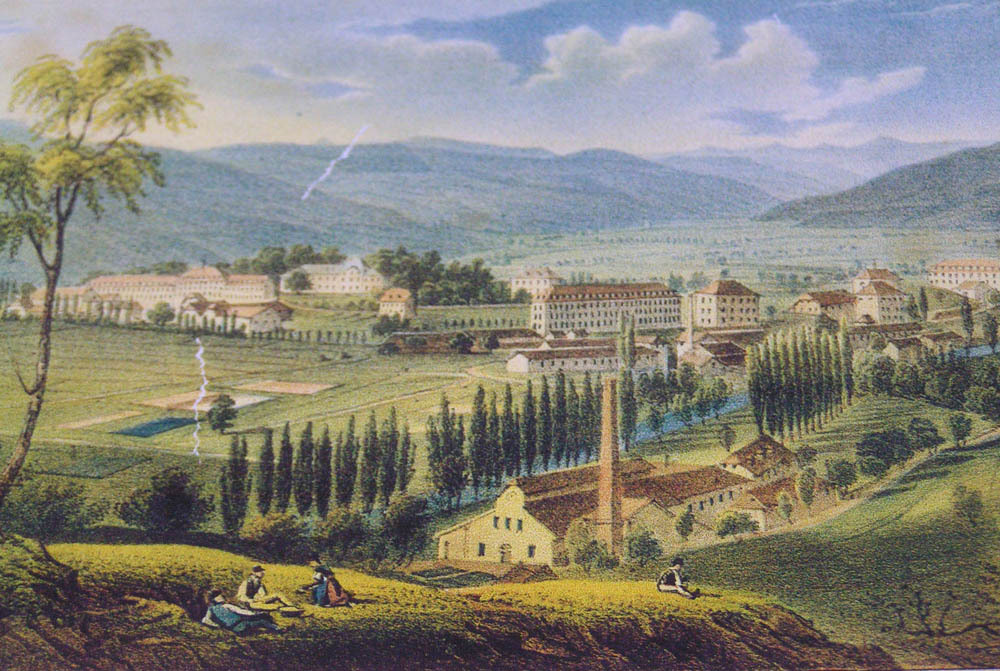
Exceptionally well preserved, the Wesserling Park – Ecomusée Textile is one of the few European industrial sites to be able to show its public the different historical, social and technical strata of the textile industry from the 18th to the 21st century. It covers almost 42 acres of land and 100,000 m² of buildings.
For 250 years, Wesserling was a city of considerable size, occupying almost 70 acres of land, including 17 acres of parks and gardens, 24 acres of productive industrial areas and around 30 acres of natural areas. The site was world-famous with 5,000 employees around 1900 and beautiful textile printing products.
The Wesserling Textile Printing Manufactory was founded in 1762 in a hunting lodge surrounded by beautiful gardens belonging to the prince abbots of Murbach, before becoming a royal manufactory in 1786. At the time, Wesserling was the most important factory in France for printed cotton cloth.

What is the technique of « Indianage »?
We are talking here about the technique of Indianage or an Indian woman. It is a cotton canvas with printed or painted patterns whose techniques printing and colour fixing are from India. These fabrics usually have exotic patterns and bright colours.
Gradually, the Wesserling industrial site was expanded with the construction of some thirty imposing new buildings and the development of numerous additional areas after the 1802 takeover by Société Gros, Davilliers, Roman et Cie in Paris. From then on, the first mechanical cotton spinning mill in Alsace was set up there and roller printing, which would later replace plate printing, gradually began to develop. In 1860, no less than 5479 employees were employed by the Manufacture on the various production sites and for home work in the neighbouring villages.
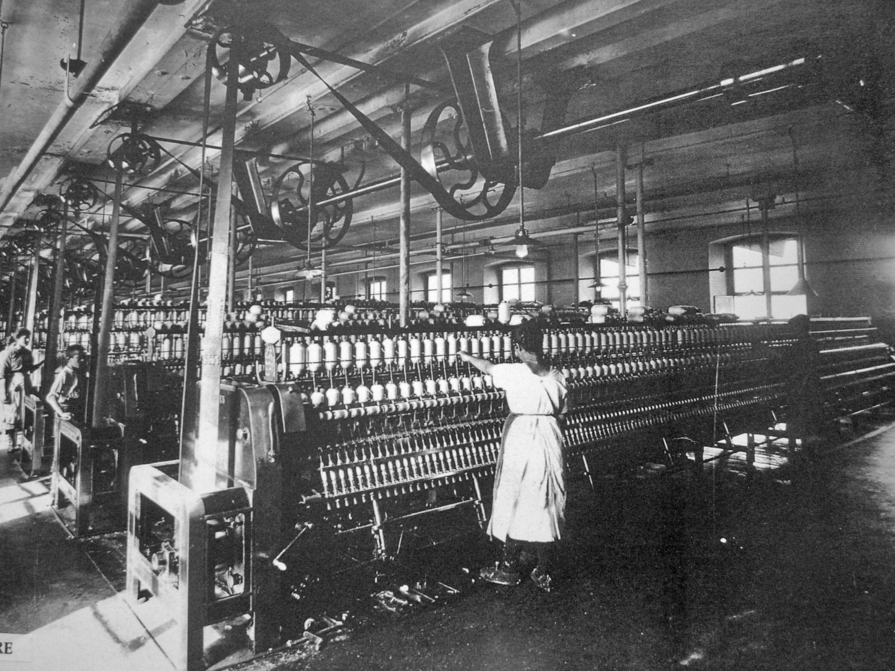
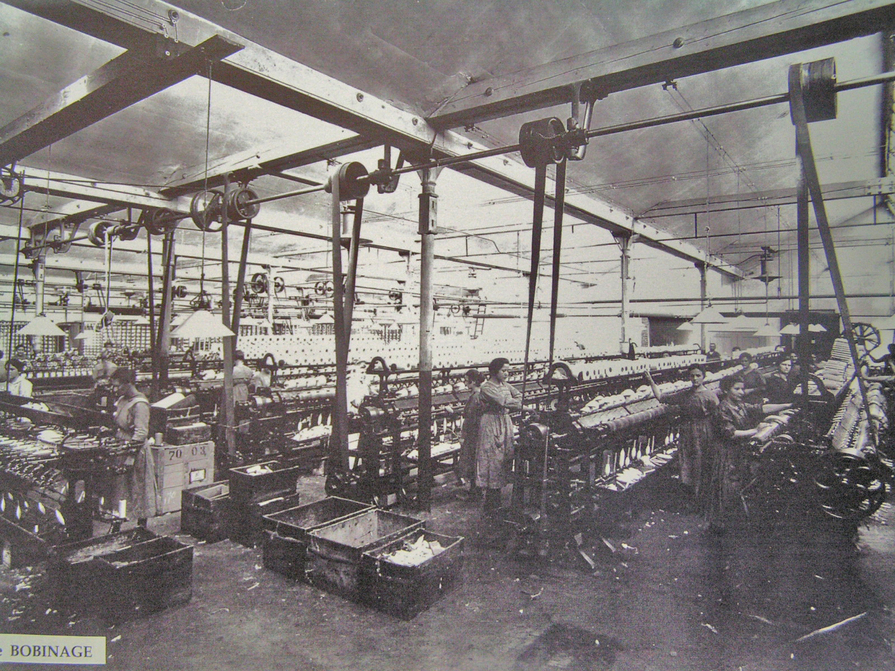
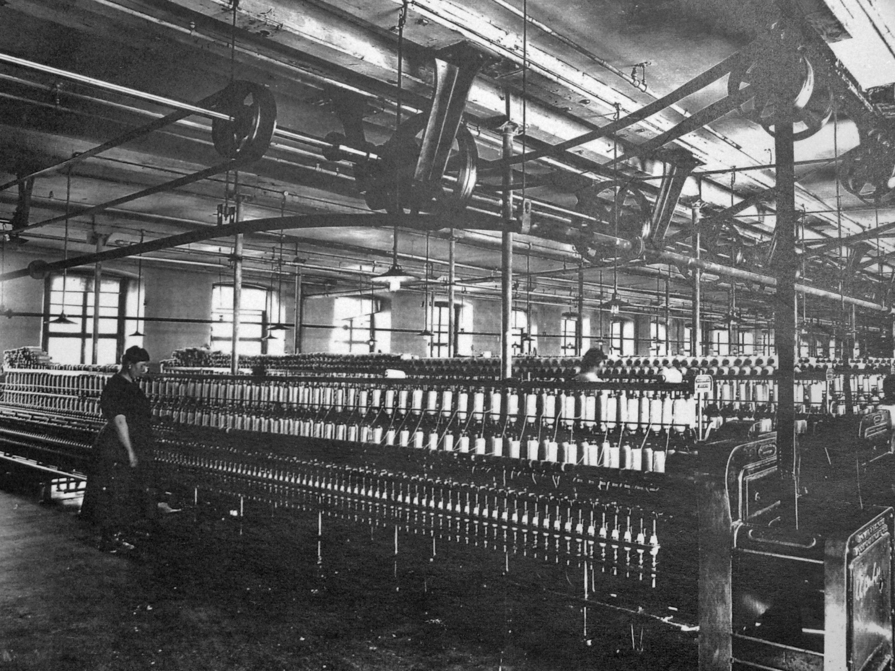
From 1933 to the mid-1970s, the Boussac group left its mark on the Wesserling Printing Manufactory. At its peak, in the 1960s, more than 1,200 employees were employed at the Manufacture and 24,000,000 metres of printed fabrics were produced each year as a result of increased modernisation of the production tool.
The 1980s sounded the death knell for the textile industry in France, where manufacturers could no longer cope with competition and the need for increasingly costly industrial transitions.
In 1986, following a tightening of activity on the site, the Conseil Général du Haut-Rhin bought 52 hectares of land: 17 hectares of gardens and buildings surrounding the castle – including a printing plate building dating from 1819 which has since been converted into a museum – 5 hectares of rural park around the farm and 30 hectares of natural areas with the intention of working to conserve and enhance them.
At the beginning of the 2000s, the Wesserling Textile Printing Manufactory, like so many other production sites in France and Europe, gradually declined and closed its doors in 2003. Thanks to the mobilization of citizens (structured in a dozen associations) and local authorities, an ambitious project to safeguard the textile industrial heritage has been built there for 20 years. The community of municipalities is restoring the factories by transforming them into economic rental premises (about a hundred small and medium-sized businesses are now installed there). The Association de Gestion et d’Animation du Parc de Wesserling (AGAPTW) is taking charge of the departmental property and is developing a textile eco-museum and beautiful gardens, which are home to approximately 90,000 visitors per year.
The park also hosts a supermarket, a media library, a music school, a theatre and artists’ studios. The mix of functions: industrial, tertiary, commercial, craft, artistic and cultural makes the complex original.
Discover the Wesserling Park
Garden
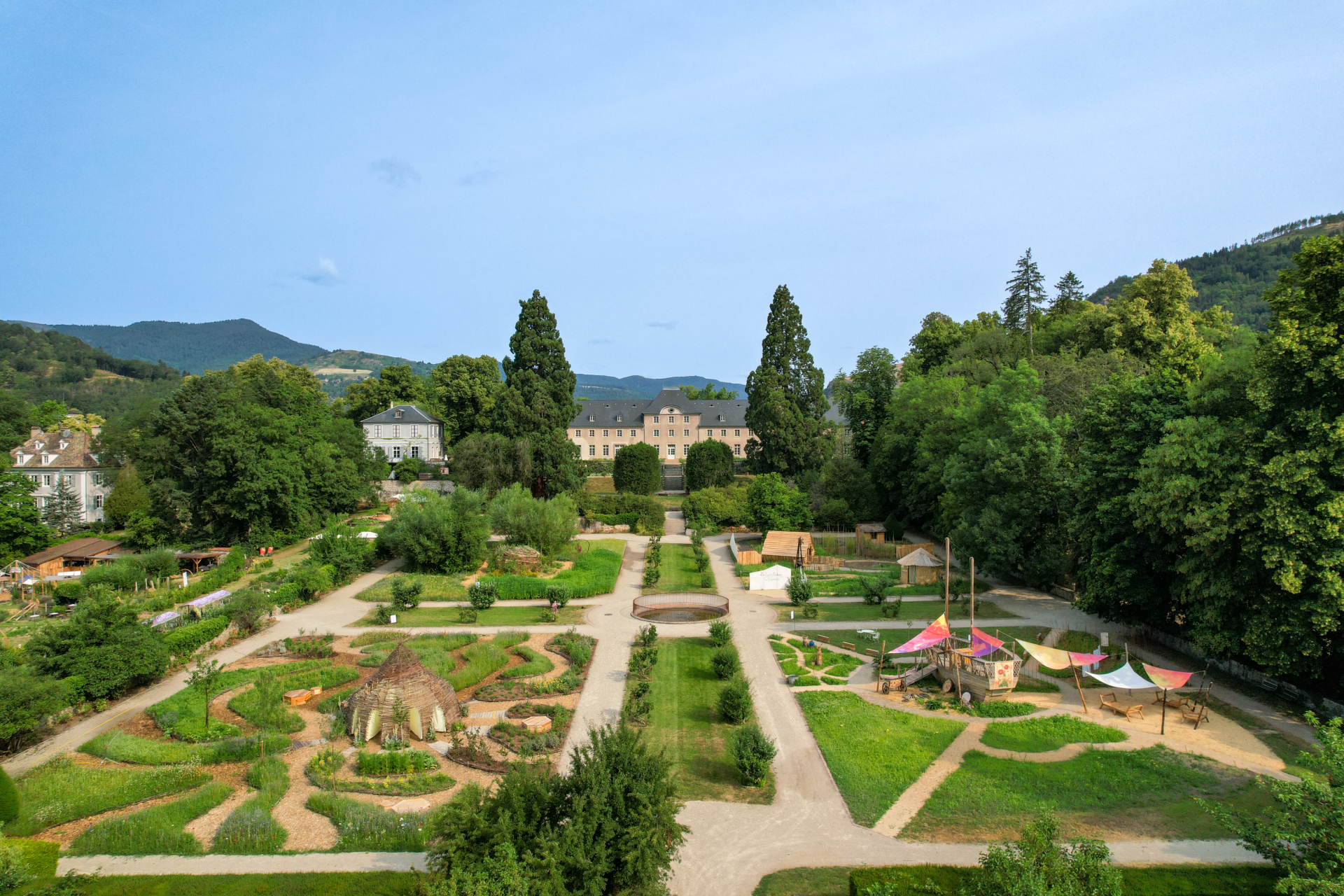
Discover our 5 gardens, labelled “Remarkable Garden”: vegetable garden, regular garden, Mediterranean terraces, English-style park and rural park… But also a barefoot path and numerous relaxation areas.
The Manufacturers Castle
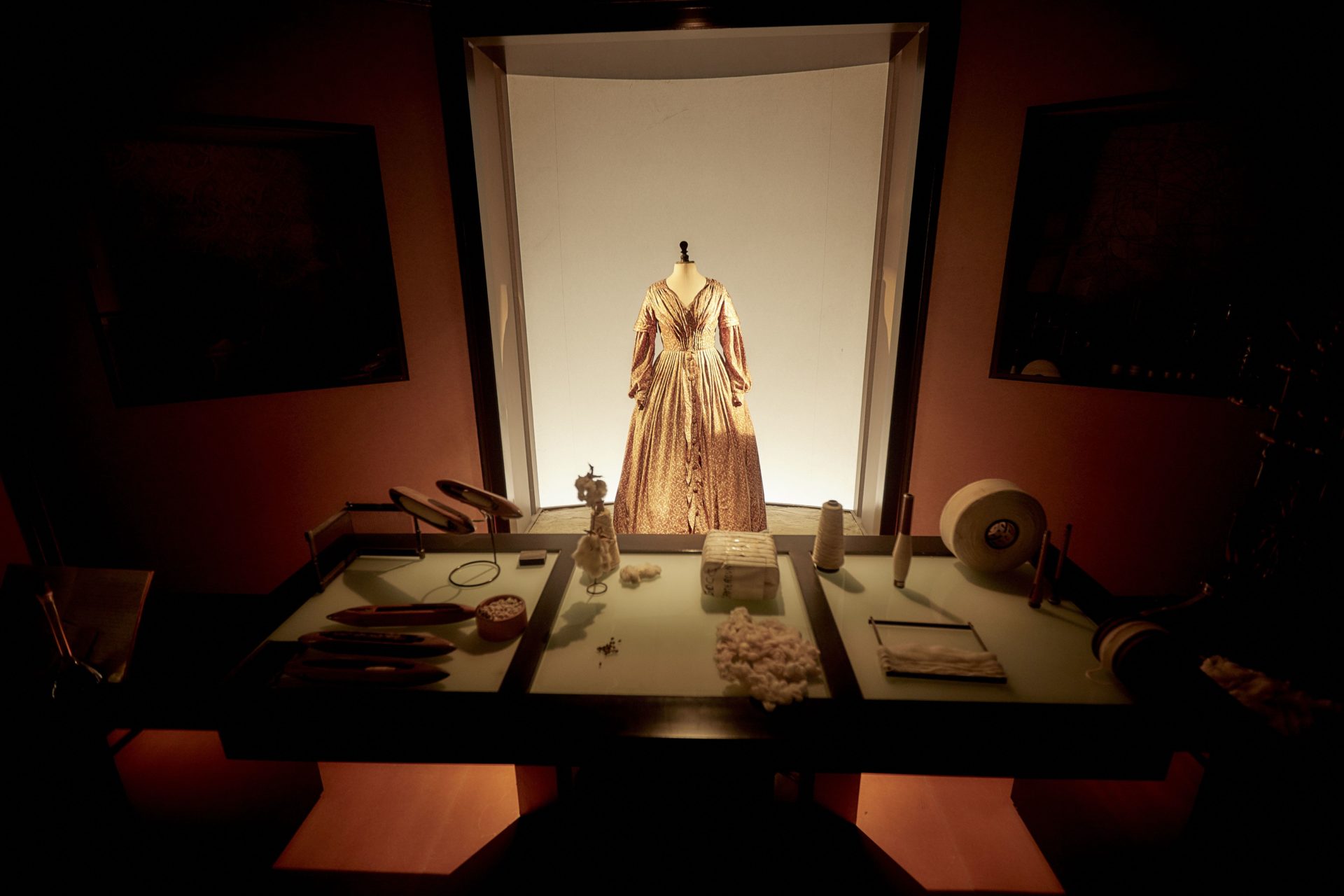
This former printing plate building now houses a museum with 5 exhibitions. One area is entirely dedicated to the history of Wesserling, where the textile trades are presented in a lively manner.
Industrial Heritage
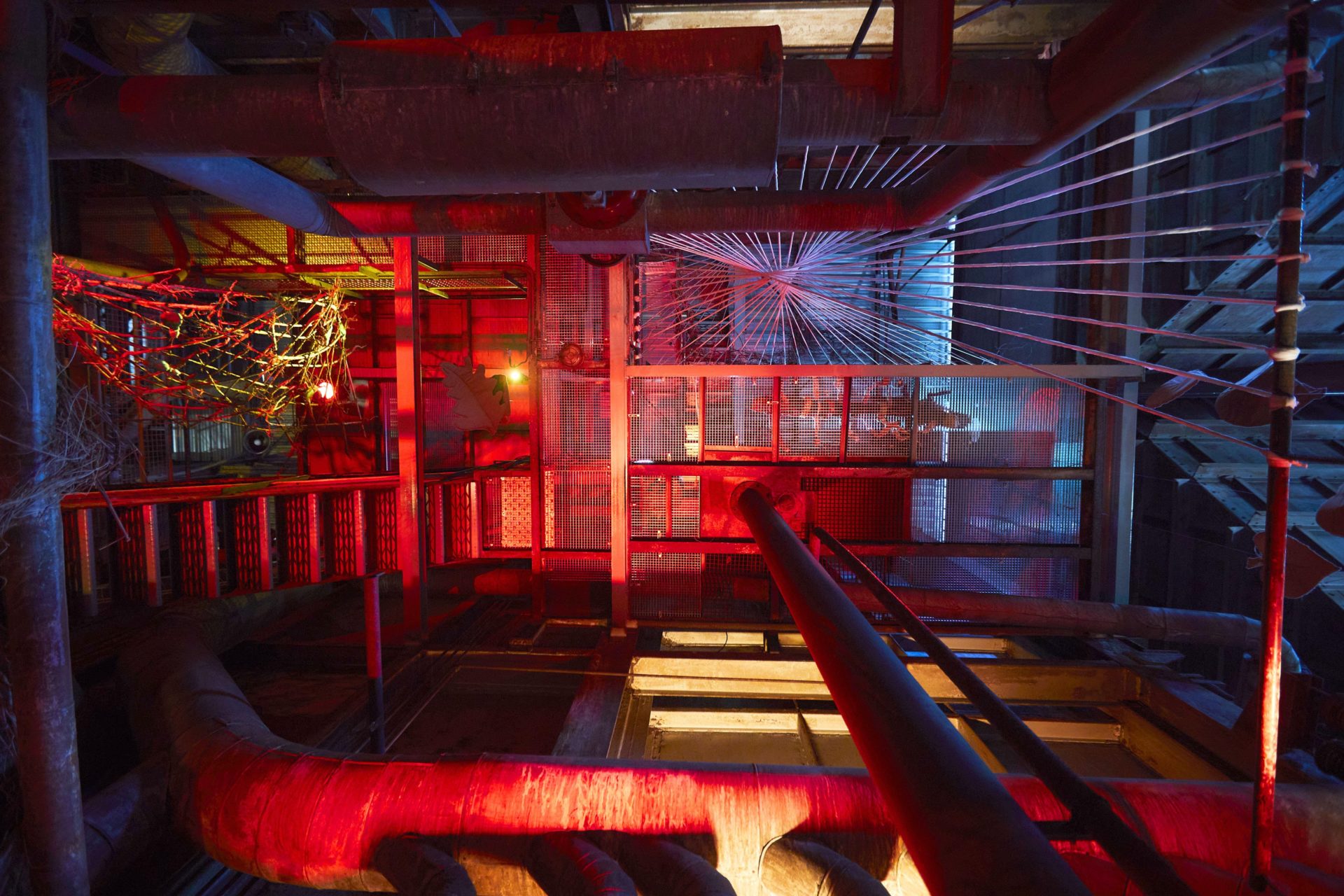
A real textile town in a rural landscape of 42 acres, with a castle, gardens, villas, farmhouse, and 60,000m² of factories from different periods. La Grande Chaufferie opens its doors to you, for an atypical stroll in the heart of the boiler room.








